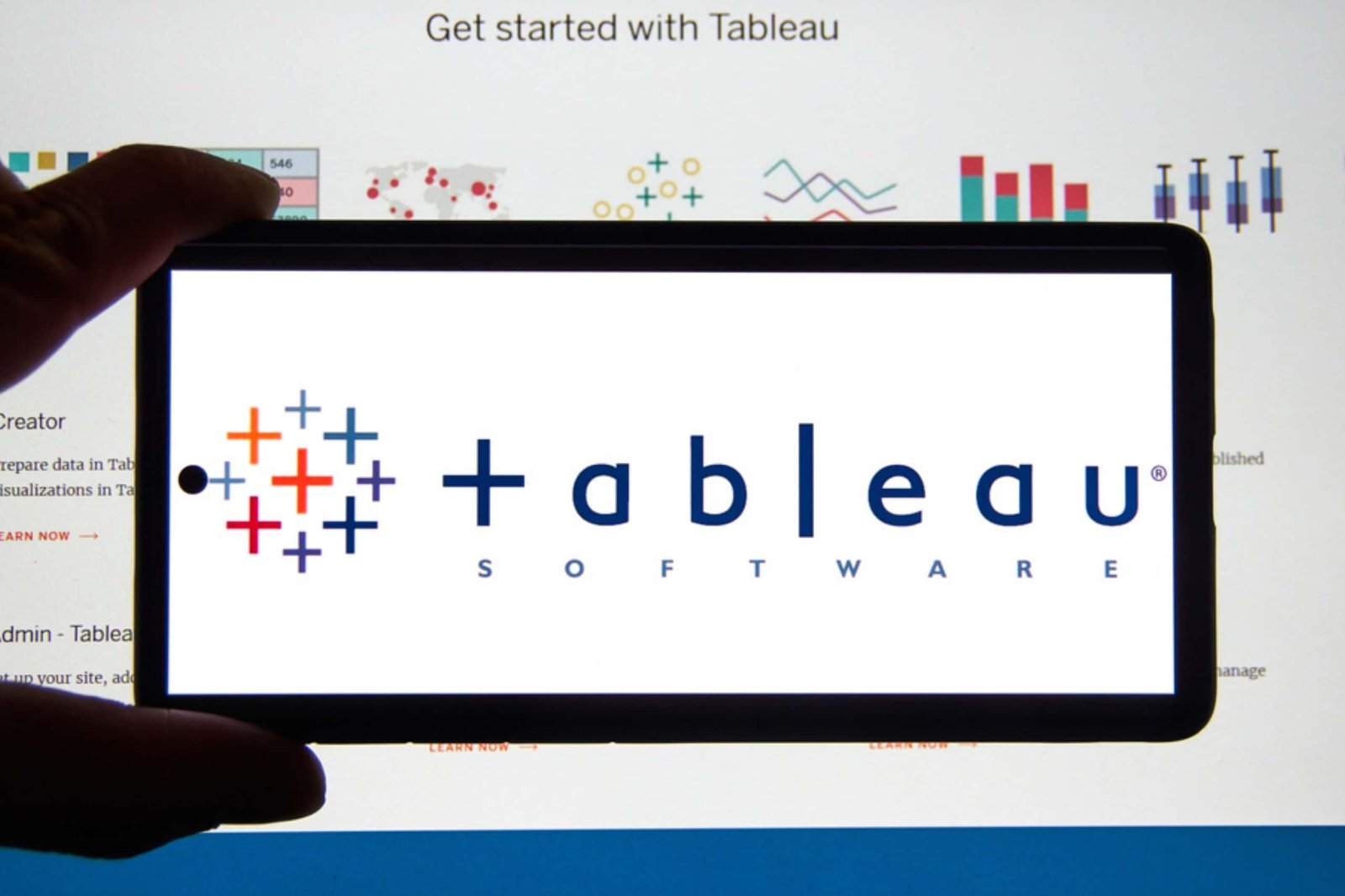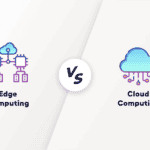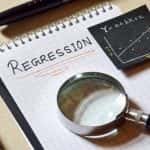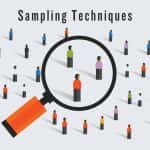Tableau is a Data Visualisation software helping you to generate graphics-rich reporting and analysing enormous volumes of data. With the help of Tableau, organisations have been able to mine and gather actionable insights from granular sources of data. The software offers you with enormous features and options for customisation within it.
Tableau can help Data Scientists generate graphs, charts, maps and data-driven stories, etc for purpose of visualisation and analysing data. But What is Tableau for Data Science and what are its advantages and disadvantages? Let’s read the blog to find out!
Importance of Tableau:
Tableau is used by different industries and organisations that helps in collecting large amount of datasets and therefore, using the data to interpret meaningful information. It further helps in understanding the information better and utilise it for effective decision-making. Tableau is an interactive platform that enables users to analyse and visualise data to gain insights.
Following are the reasons that can help you in understanding the importance of Tableau:
- Tableau is useful for adding data models that re designed in various languages like R or Python and help in performing complex calculations.
- It helps in blending visualisations in the form of dashboards and ensure to deliver insights in the most understandable format.
- Creation of a dashboards is an extremely straightforward process where you can drag and drop variable columns and then convert them into interactive visuals. Additionally. You can also have limitless variations in data visualisations through calculated fields and measures.
- Various Data Science tools are useful for connecting with different sources of Data makes Tableau the best choice of software for conducting operations. It allows you in saving data in variety of forms and converting the information into a single format.
- The community of Tableau is huge and there are millions of users and Data Scientists all across the world continuously working on different projects and resources. It helps in sharing the solutions to the new users in solving problems that they might face.
Advantages of Tableau for Data Science:
There are several advantages of Tableau for Data Science based on the use of Tableau within different industries:
- Tableau helps in saving time for Data Scientists by generating appealing visualizations in lesser time and without the use of codes.
- Exploratory Data Analysis is one of the most important Data Science processes. A Data Scientist requires to be able to visualize quickly the data before creating the model and Tableau is helpful for that.
- Tableau is useful for summarising the metrics of success. Consequently, if your results, scores, etc are stored in an SQL Database, Tableau can be able to quickly visualise easily your model metrics.
- With SQL queries Tableau helps in integrating with them effectively.
Disadvantages of Tableau for Data Science:
However, apart from the advantages, Tableau for Data Science also has its own disadvantages. These can be explained as follows:
- Tableau doesn’t have the feature of integration and while Data Scientists make use of automation and integrations. It is useful for undertaking processes and integrate them into a single platform, but Tableau’s visualisation cannot be integrated in the platform.
- In case you have too many tabs or sheets open simultaneously, Tableau tends to slow down sometimes.
- Tableau further has its own drawbacks in case of its use in Data Science considering it is a Data Analysis tool rather than a tool for Data Science.
How Professionals Can Use Tableau for Data Science?
Tableau is a powerful data visualization and business intelligence tool that can be effectively used by professionals in the field of data science. Here are several ways you can leverage Tableau for data science tasks:
- Data exploration and visualization: Tableau provides you with an intuitive and interactive interface for exploring and visualizing data. Professionals can connect to various data sources, including databases, spreadsheets, and big data platforms. You can further, use Tableau’s drag-and-drop functionality to create insightful visualizations. This helps in understanding the underlying patterns, trends, and relationships within the data.
- Data Pre-processing and cleansing: Before performing data analysis, it’s essential to pre-process and clean the data. Tableau offers a range of data transformation capabilities such as filtering, aggregating, pivoting, and joining tables. These functionalities enable professionals to clean and prepare the data for further analysis.
- Statistical analysis: Tableau provides built-in statistical functions and calculations that can be applied to the data. You can perform basic statistical analysis, such as calculating measures of central tendency, variance, and correlation. Tableau also supports advanced statistical modeling through integration with statistical tools like R and Python.
- Predictive analytics and modeling: With Tableau’s integration with statistical tools, you can build predictive models using techniques like regression, classification, clustering, and time series analysis. They can leverage the power of R or Python to develop complex models and then visualize the results in Tableau for better understanding and communication.
- Machine learning integration: Tableau’s recent versions have introduced integration with popular machine learning platforms like TensorFlow, PyTorch, and H2O.ai. This integration enables you to leverage pre-trained models or build their own machine learning models within these platforms and then visualize the results in Tableau.
- Dashboard creation and storytelling: Tableau allows you, as Data Scientists to create interactive dashboards and stories that communicate data insights effectively. They can combine multiple visualizations, add filters and parameters, and create interactive elements. Consequently, you can enable users to explore and interact with the data. This is particularly useful when presenting findings to stakeholders or clients.
- Collaboration and sharing: Tableau provides features for collaboration and sharing of Data Visualizations and dashboards. You can publish their analyses and visualizations to Tableau Server or Tableau Public, enabling others to access and interact with the insights. This promotes knowledge sharing and allows stakeholders to explore the data on their own.
By leveraging Tableau’s capabilities, you can enhance their data science workflow, from data exploration to modelling and communication of insights. The tool’s user-friendly interface and integration with other statistical and machine learning tools make it a valuable asset for data scientists and analysts.
Data Scientist with Tableau Skills Salary:
Tableau is significantly one of the most popular tools used by millions of people in the world compared to other tools of data analysis and data visualisation. Companies like Adobe, Coca-Cola, Nike, Skype, Amazon, Walmart, etc make use of Tableau for real-time analysis. These companies make use of the tools for its efficiency, vivid visualisation, data sharing and loud service management.
Tableau’s growing popularity has led to the rise in demand for Data Scientists who have expertise in using Tableau and to perform various operations using it. Accordingly, Tableau Data Scientist salary is generally more than those experts having specialisation in Power BI. For instance, the average Tableau Data Scientist salary as per PayScale stands a US$87, 577 compared to a Data Scientist with Power BI skills which is US$62, 079.
On an average, Tableau Developer Salary in India for a fresher with 1-2 years of experience stands at around INR 6-8 lakhs per annum. On the other hand, Data Scientists with Tableau skills and experience more than 2-3 years easily earn around INR 12-15 lakhs every year or even more.
Additionally, in India, Tableau Developers’ salary varies from one location to another as well as differs based on the industry and the capability of the companies. Following is the Tableau Data Scientist salary based on the job location:
|
Job Location |
Average Salary (Yearly in INR) |
| Bangalore, Karnataka | 10,05, 417 |
| Hyderabad, Telangana | 9,76,390 |
| Pune, Maharashtra | 8,53,831 |
| Chennai, Tamil Nadu | 9,97,552 |
| Gurgaon, Haryana | 7,78,797 |
How to become skilled in Tableau for Data Science?
With the rise in demand for Data Scientists with expertise in Tableau, you’re recommended to join a Data Science program that will help you gain in-depth knowledge and skills in the tool. Essentially, Tableau tutorial for Data Science will help you expand your capabilities in visualisation and data analysis in the most effective ways.
Data Visualisation with Tableau certification is one of the most in-demand course programs that you might want to undertake. Effectively, the course will help you understand through its sessions about spectrum of visuals, help you learn how to make reports, perform scripts and interactive dashboards. Effectively, it will also help you create a network of diagrams on Tableau and Publishing.
With the Data Science Job Guarantee program offered by Pickl.AI, you will be able to experience conceptual level understanding with practical skill development. Significantly, you will be able to develop your skills in not just Machine Learning and Python programming but also expand your proficiency in using Tableau. The course will allow you to eventually choose your career path as Data Scientist or Data Analyst, both of which requires Tableau expertise.
Conclusion
From the blog above, it is clear that Tableau for Data Science is a crucial part of the field and organisations and industries are demanding for professionals with expertise in Tableau. Consequently, different certification courses have come up for you to enhance your competencies in Data Science by learning to use different tools. Aspirants who want to excel in their career and acquire high paying jobs can opt to specialise in Tableau and use it to their advantage.











